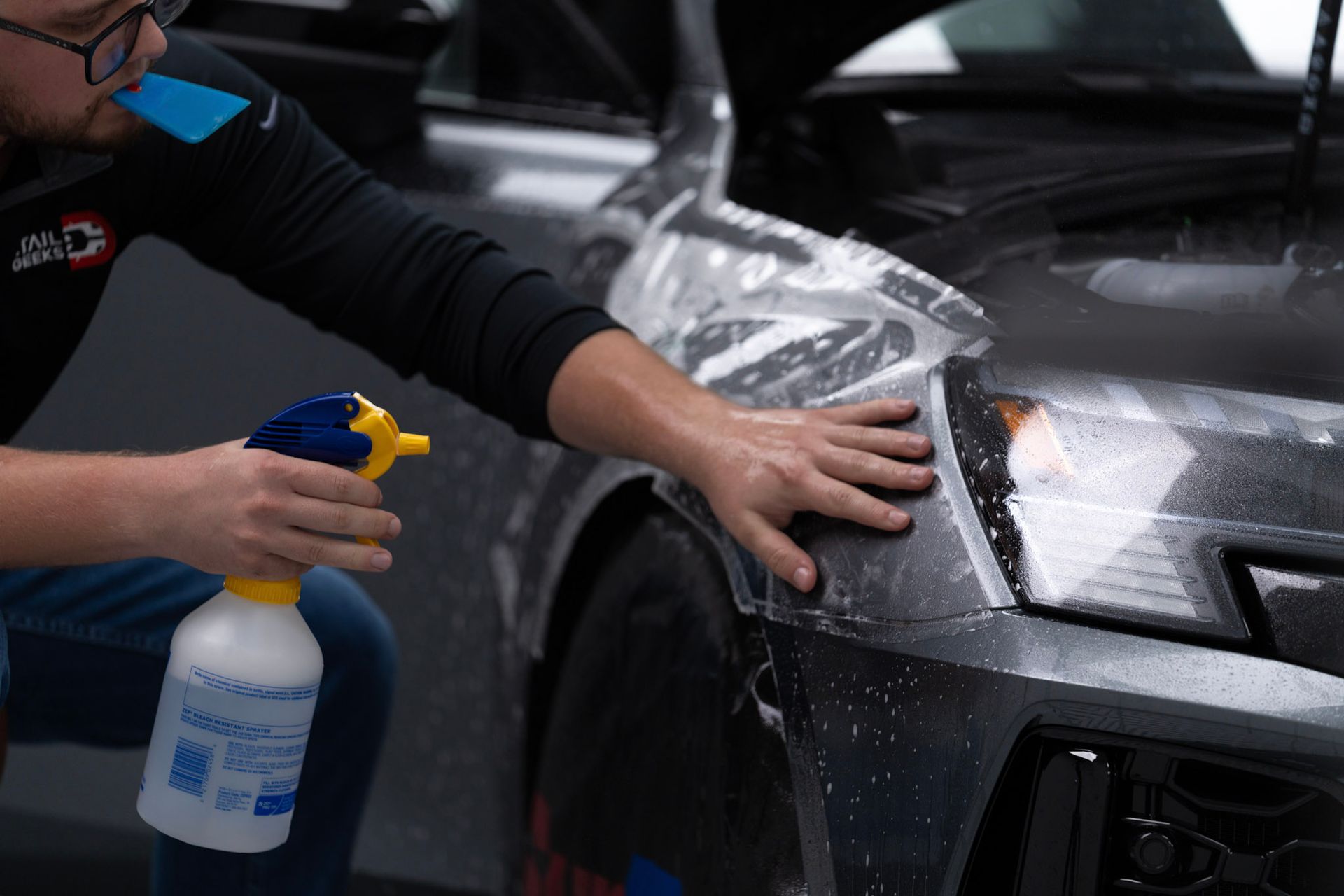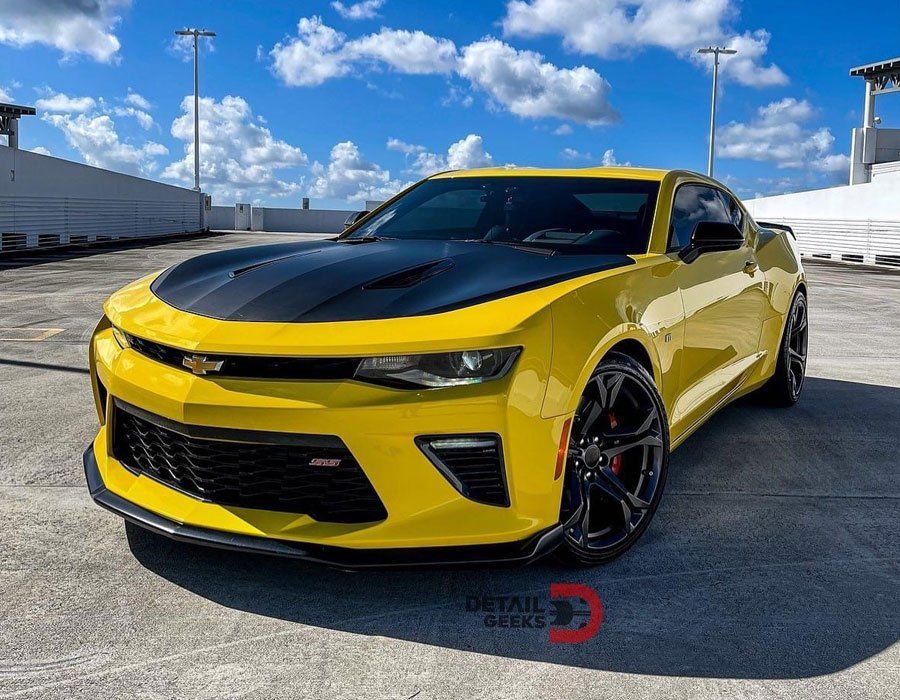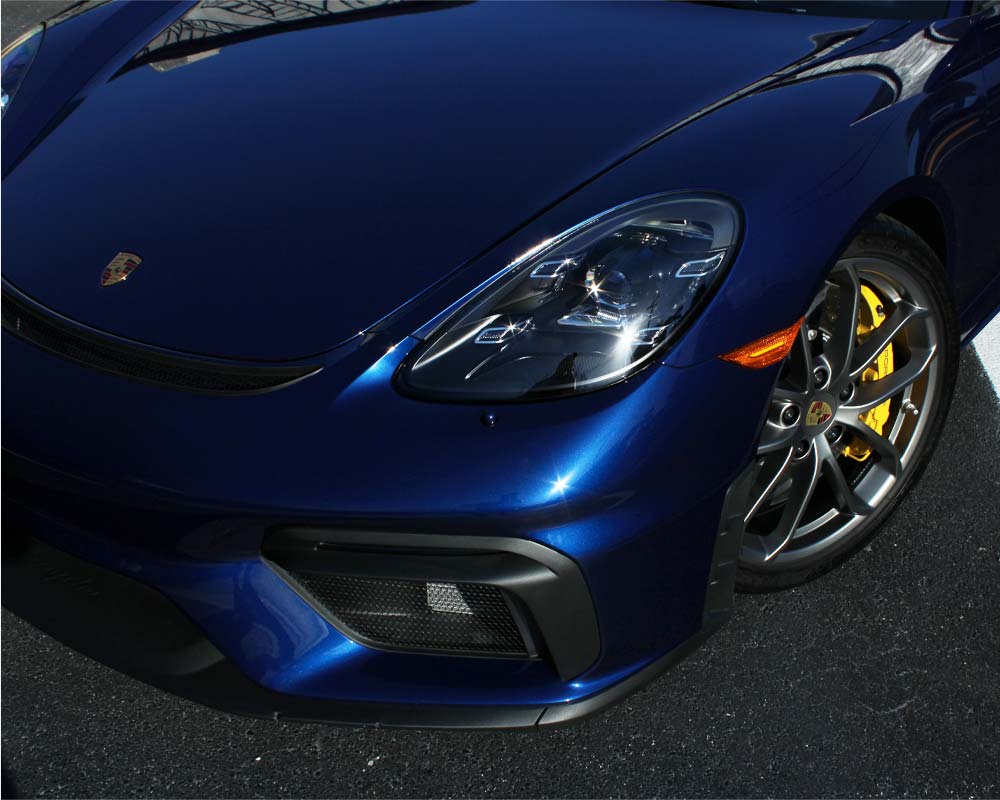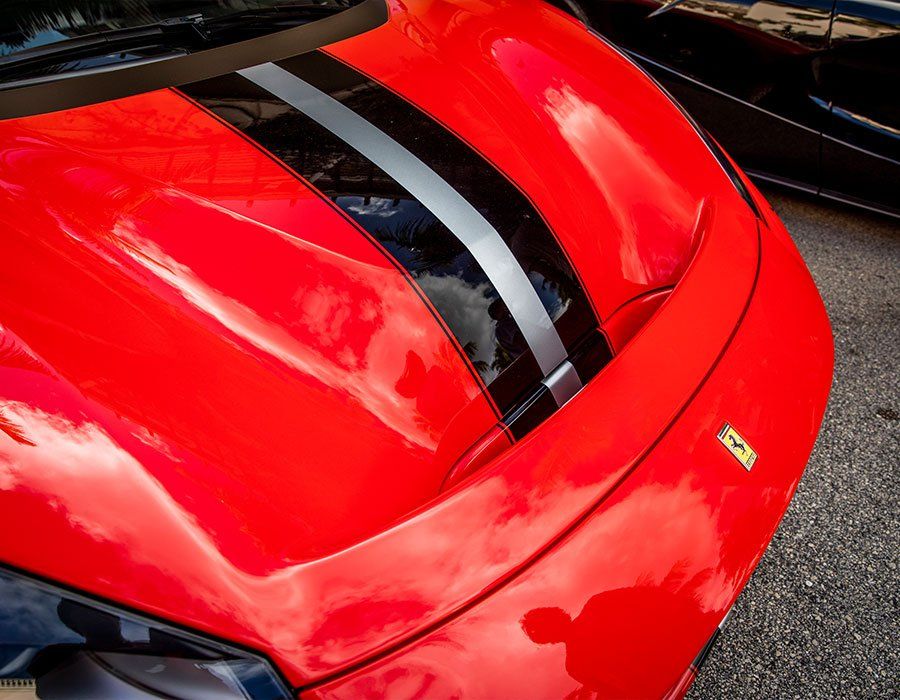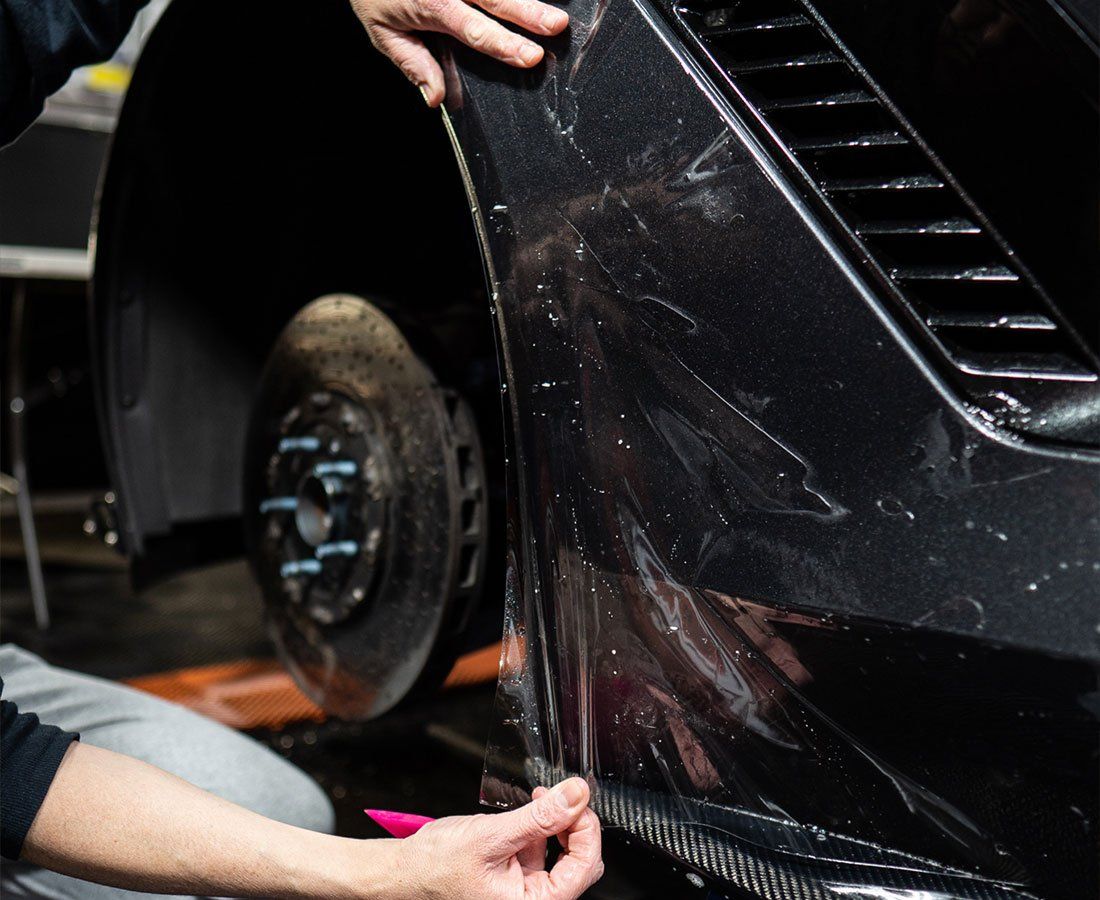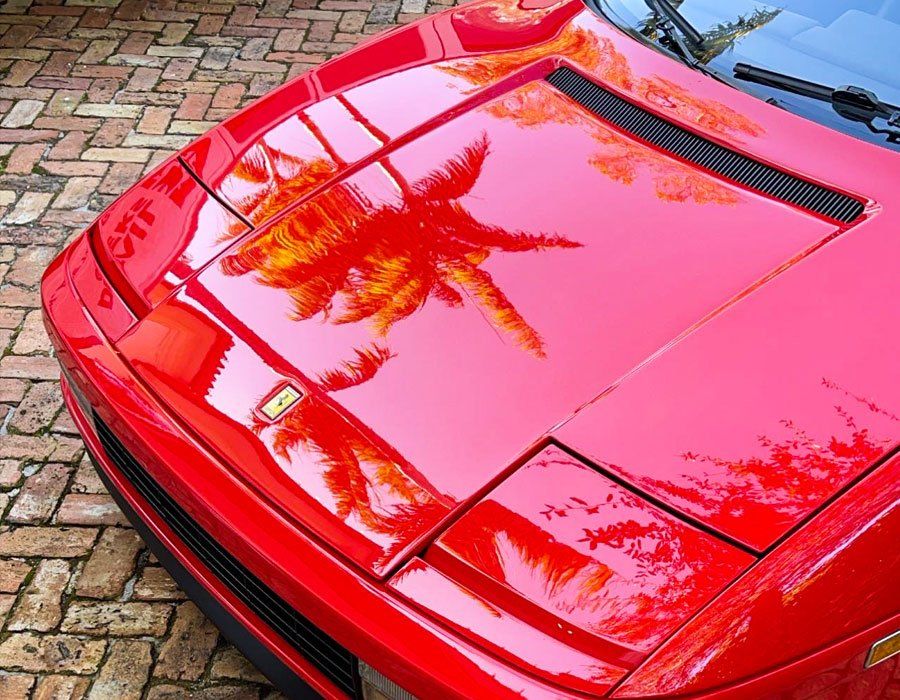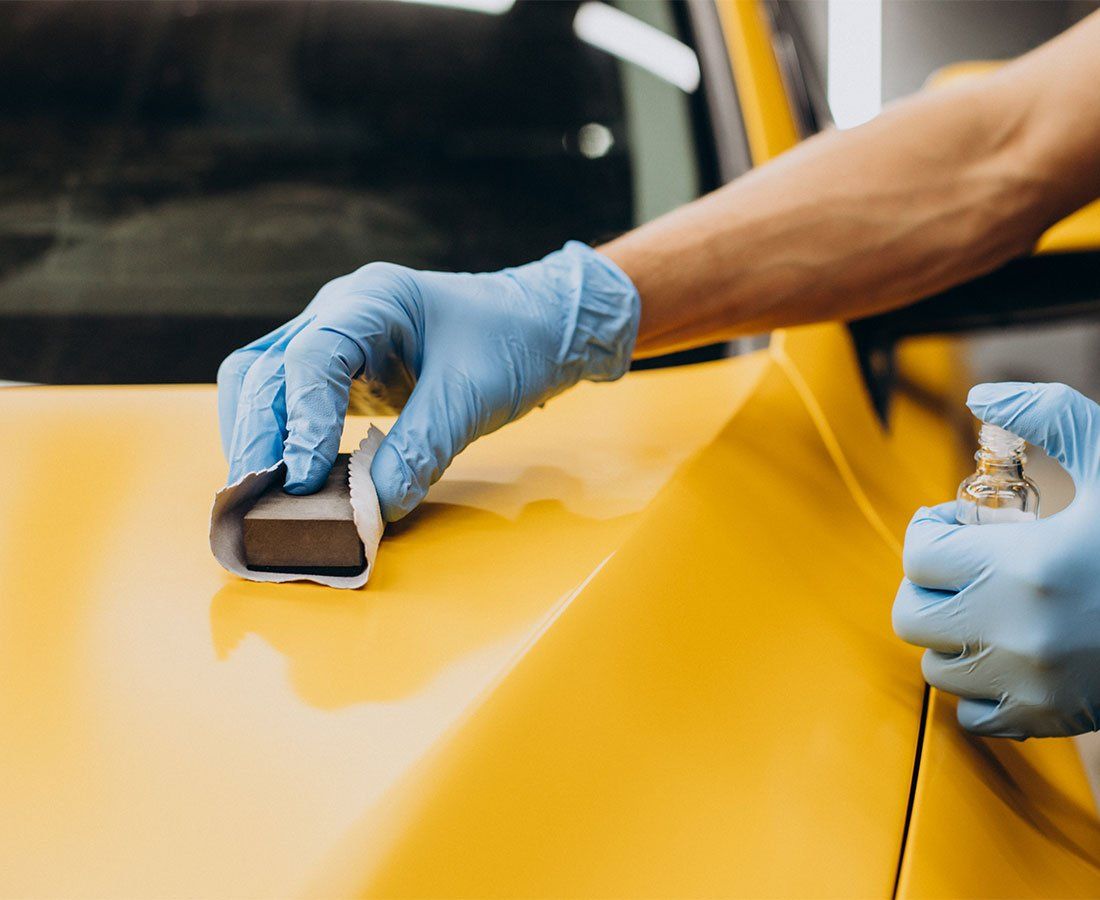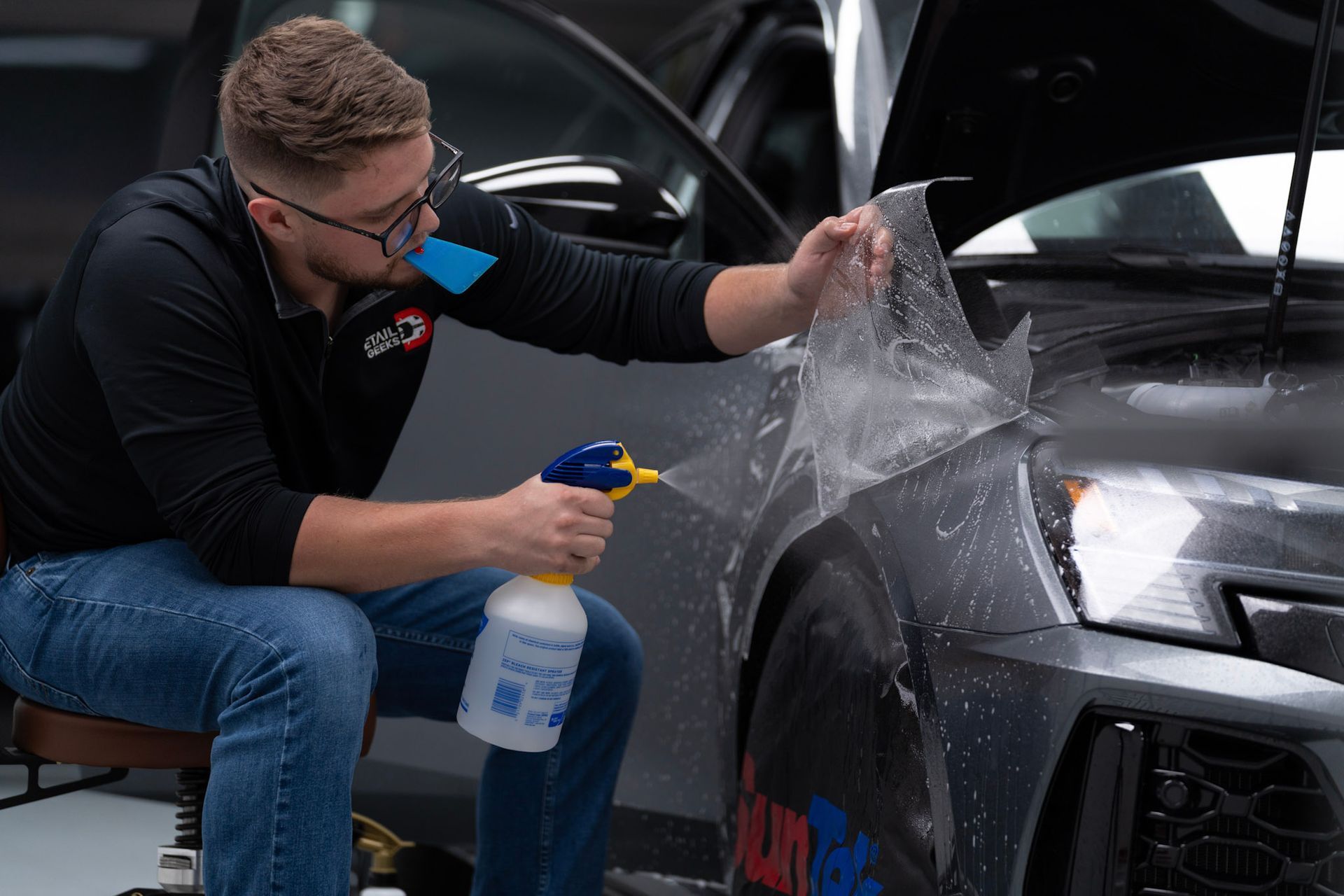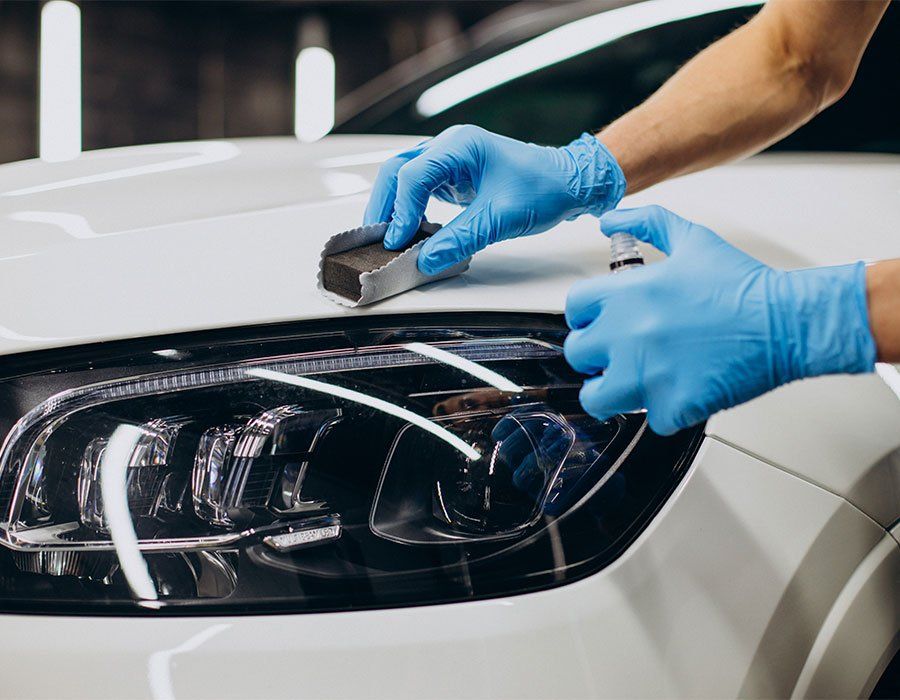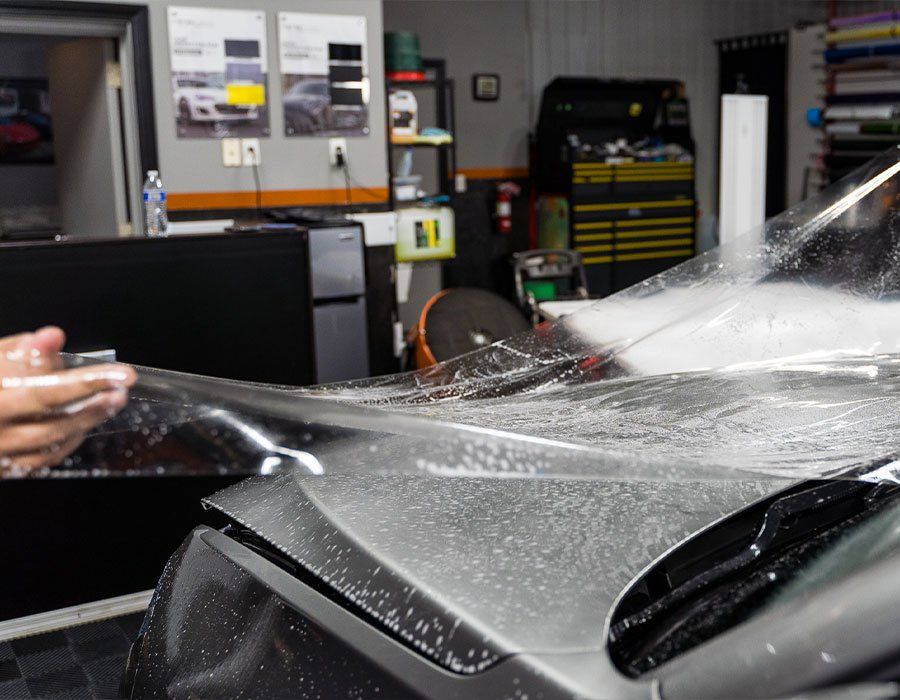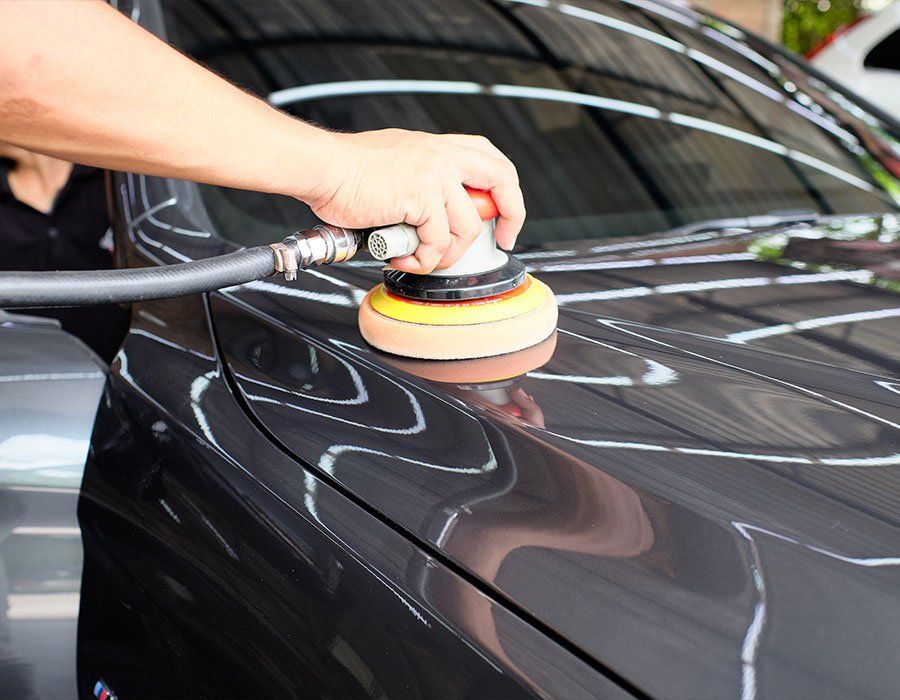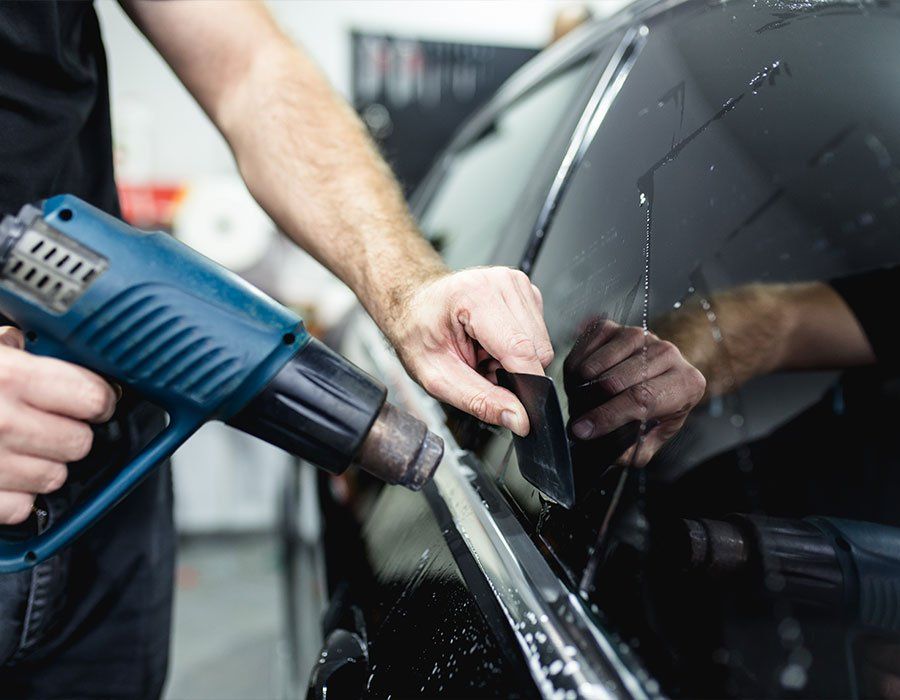By SEO Team
•
August 21, 2024
Anyone passionate about cars knows the frustration dir, stains from bird droppings, and the relentless fade caused by UV rays. Many turn to waxes and sealants only to discover their temporary effect wears off quickly. This is why you've likely heard about ceramic coating—a promising solution touted for its durability and shine. The top benefits of ceramic coating for your vehicle include enhanced protection against environmental contaminants, long-lasting shine and gloss, improved hydrophobic properties, as well as increased resale value. Additionally, it requires minimal maintenance, saving time and effort in retaining your car's appearance. The Basics of Ceramic Coating for Your Vehicle So, what exactly is ceramic coating? Well, it's a bit like giving your car a shield—a protective barrier for your cherished possession. Essentially, a ceramic coating is a liquid polymer carefully applied to your vehicle's exterior. Once it's applied and cured, it chemically bonds with your factory paint, creating a robust protective layer. This protective layer isn't just an average coating—it's much more durable than traditional wax or sealant. What makes it so robust? The magic lies in the chemical composition, which often includes silica dioxide (SiO2). This compound plays a crucial role in forming a glossy finish and a lasting shield against environmental contaminants. Just envision this: Your vehicle gets outfitted with an invisible armor that guards against the elements, keeping it safe from UV rays, water, chemicals, dirt, road salt, bird droppings, and more. Protection From Damage The road can be a harsh place for your car's paint, with hazards coming from all directions. If you want to keep your vehicle looking fresh and new, then protecting it is key. One of the most significant benefits of ceramic coating is the way it acts like an invisible force field, shielding your car's exterior from various forms of damage. Now, let’s break this down. Firstly, UV rays can be quite harmful to your car's paint. Over time, exposure to sunlight can lead to oxidation and fading. Ceramic coating offers a protective barrier that helps shield against these damaging UV rays, preserving the vibrancy and gloss of your car's paint job for years to come. Next up are chemical stains. When it comes to acidic contaminants like bird droppings, tree sap, and bug splatters, they're more than just unsightly—they can really do some damage to your vehicle's paint. Fortunately, ceramic coating resists these acidic substances, preventing them from etching into your paint and causing permanent stains. Imagine pulling over after a scenic drive only to see that your car has been bombarded by bird droppings—and there's no car wash in sight. In such a scenario, having a layer of ceramic coating can give you peace of mind knowing that your paint is well protected until you can get to a wash station. While ceramic coatings provide great protection against major wear and tear, it's important to remember that they are not bulletproof. They won't protect against scratches or rock chips but they do help resist environmental and chemical contamination. This means that while it's still essential to handle your car with care, the coating offers an extra layer of protection during regular day-to-day usage.
